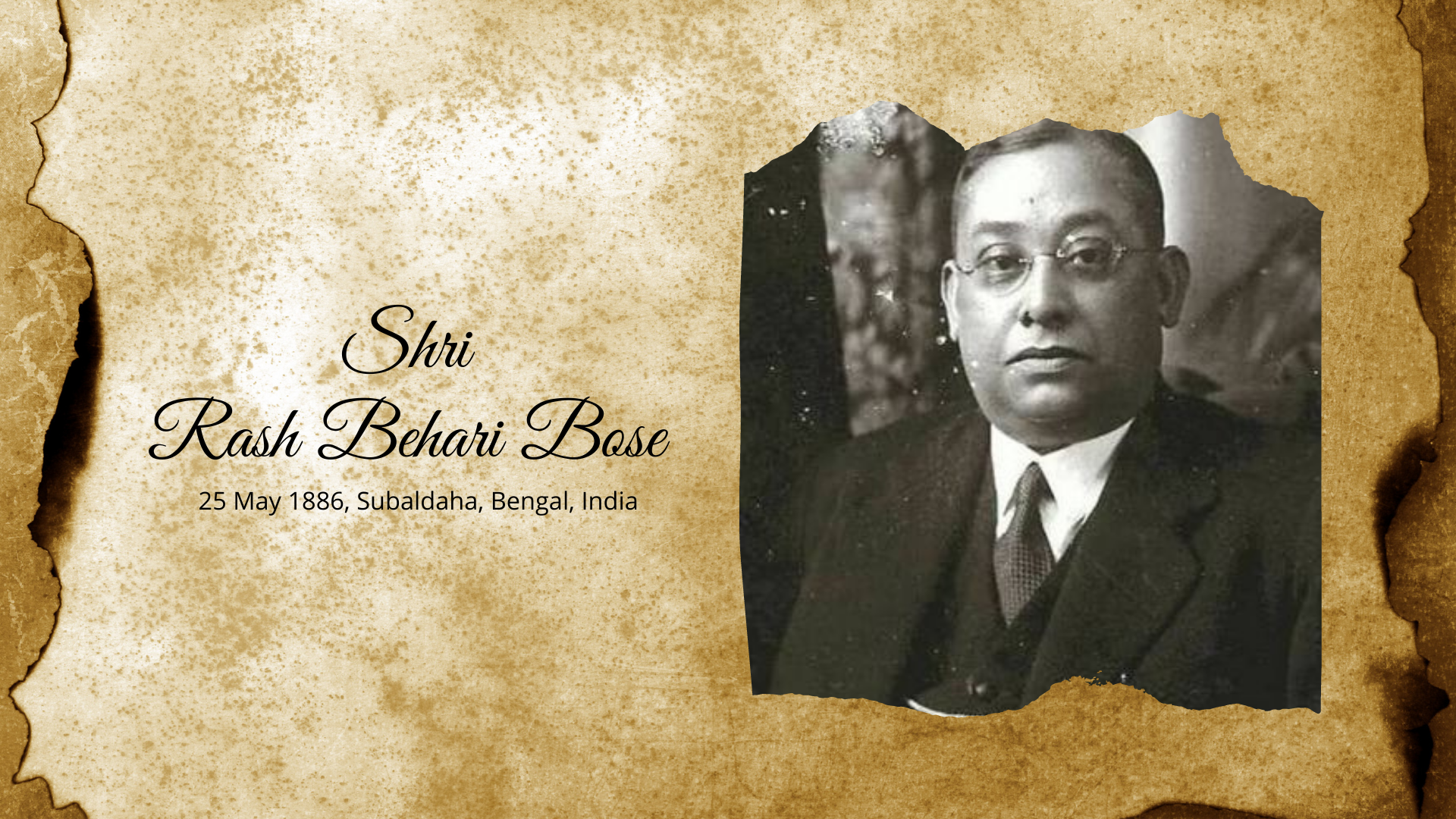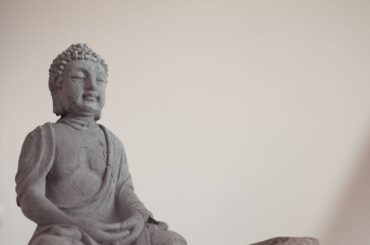Born: 25th May 1886
Died: 26th December 1967
Shri Rashbihari Boshu, popularly known as Rash Behari Bose was born on 25th May 1886, West Bengal to Binod Behari Bose and Bhubaneswari Devi. Rash Behari Bose and his sister’s (Sushila Sarkar) major part of the life i.e.childhood was spent in the village Subaldaha. His primary education was completed under his grandfather, Kalicharan Bose’s supervision, and at the village Pathsala. As a child, he also had an education of Lathi Khela at his village. Hearing stories about Indian revolutionaries from his grandfather, Rash Behari Bose got the inspiration for the revolutionary movement. He was the person to give direction to all the villagers. His nickname was Rasu.

He was obstinate and was loved by the villagers very much. Bose and his friends while studying at Dupleix College got inspired by their principal Charu Chandra Roy into revolutionary politics. Rasu later joined “Morton school”, Kolkata. He also earned degrees in the medical sciences as well as in Engineering from France and Germany. He was interested in revolutionary activities from his early life. He left Bengal to avoid the Alipore bomb case trials of 1908. He worked as a head clerk at the FRI, Dehradun. He also got secretly involved with the revolutionaries of Bengal and came across renowned revolutionary members of the Arya Samaj. After the attempt to kill Lord Hardinge, which was made on 23rd December 1912 in Delhi, Rash Behari was forced to go into hiding. Lord Hardinge was attacked nearby the Red Fort by a follower of Amrendar Chatterjee, but unfortunately, he missed the target and failed. The colonial police stalked Bose due to his active participation in the failed murder attempt. Then he returned to Dehradun in the night by train and joined the office the next day as nothing had happened. Bose later organized a meeting of citizens of Dehradun to criticize the attack on the Viceroy. In 1913, in Bengal following the flood relief work, Bose met Jatin Mukherjee and discovered a real leader in him.
Mukherjee added a new urge to Rash Behari’s devotion. In 1915, Bose flew to Japan with the help of Priyanath Thakur, a relative of Rabindranath Thakur. There, he found shelter along with various Pan-Asian groups. He changed residences and identities several times because the British kept pressing the Japanese government for his handover. He married the daughter of the owners of “Nakamuraya Bakery”, Tokyo, and became a Japanese citizen. He lived there as a writer and a journalist. It is also said that he was involved in introducing Indian-style curry in Japan. However, it was more expensive than the usual “British-style” curry. Rasu was popularly known as “Bose of Nakamuraya”. Along with A M Nair, Bose was instrumental in convincing the Japanese authorities to stand by the Indian patriots and ultimately to officially actively support the Indian independence struggle abroad. The prisoners (Indians) of war who were captured by the Japanese (in the Malaya and Burma fronts) were encouraged to join the Indian Independence League and they became the soldiers of the Indian National Army (INA), which was formed by Rash Behari Bose on 1st September 1942. He selected and handed over the flag of the Azad Hind movement to Netaji Subhash Chandra Bose. Rash Behari Bose built the ‘Azad Hind Fauj’ (also called Indian National Army). The Japanese Government honoured him with the Order of the Rising Sun (2nd grade) before his death which was caused by tuberculosis. Posts and Telegraphs Department of India issued a special postage stamp in honour of Rash Behari Bose on 26th December 1967.
The Ras Bihari Bose Subharti University in Dehradun, Uttarakhand was set up in 2016 by the Subharti Group in the memory and honour of Shri Bose.







